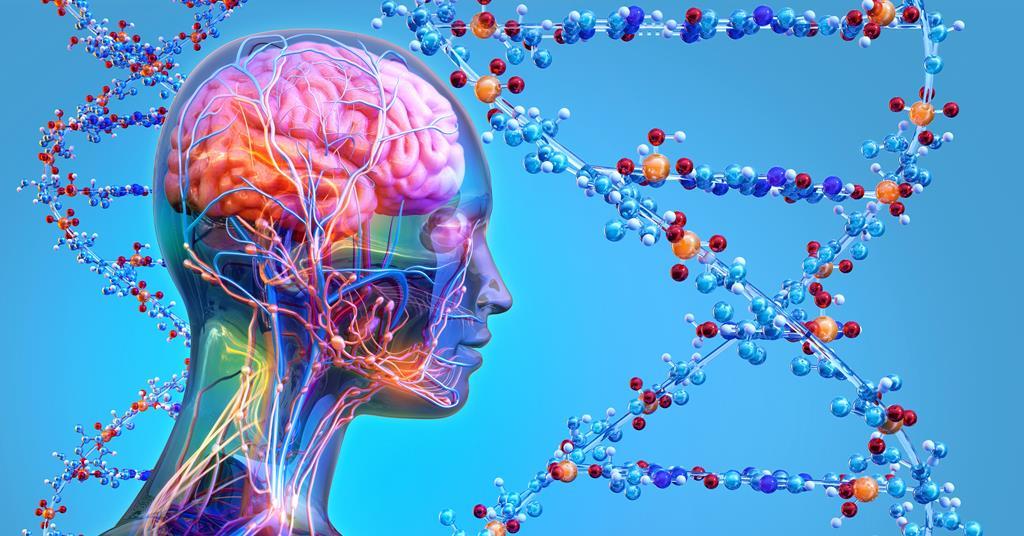A team of researchers is beginning work on creating new tools that could eventually lead to the synthesis of the human genome in the lab. Wellcome is providing £10 million to the Synthetic Human Genome Project, which it expects will unlock new medical treatments.
Making the whole genome of three billion base pairs of nucleotides is the ‘moonshot’, says Tom Ellis, one of the project leads who researches synthetic chromosomes at Imperial College, London.
The scientists will first try to create a small chromosome, comprising about 2% of total human DNA. Along the way, they’ll also develop the tools to design DNA and get it into human cells that could enable the development of targeted treatments and better tools for screening drugs.
‘If we’re making huge progress in understanding health from reading and then editing [DNA], then logically, it makes sense that we’ll learn a lot more if we can do writing as well,’ says Ellis. Improving and standardising technologies so they can be routinely used to write whole genes or regions of multiple genes should help researchers understand how mutations in those genes lead to disease.
Two of the groups involved in the new project, at Imperial and the University of Manchester, have been involved in synthesising the yeast genome and another group, the Escherichia coli genome, consisting of 4 million base pairs of nucleotides. In theory, says Ellis, scaling up to 50 million base pairs could be done with 10 times as many people working in parallel were it not for the practicalities.
Compared with a yeast or bacterial genome, human DNA is ‘more full of junk, and that junk is a lot harder to work with because it contains a lot of the same sequence repeated many, many times’. A great number of those sequences are there for structural reasons rather than encoding information. ‘Those bits of DNA are much harder to work with in terms of synthesising them and linking them together,’ explains Ellis.
And unlike fast-growing microbes that will accept DNA, ‘human cells are much harder to get big pieces of DNA into and it can take you weeks before you know whether it’s worked or not’, he points out.
The project will rely on the commercial sector to synthesise sections of DNA. At present, says Ellis, biotech companies are chemically synthesising DNA up to about 300 bases at a time. Those sections are then linked together, getting to 10,000 to 20,000 bases by cloning the DNA using bacteria. ‘Where there’s room for innovation is if chemistry can do it all with very good accuracy – up to 20,000 bases or longer – then this huge effort of parallelised building can be dramatically reduced.’ The synthesis project will then focus on the means to assemble those long DNA sections.
Screening for accuracy and isolating accurately synthesised DNA gets costlier the longer the sections are. And the cost of chemicals to custom-make synthetic DNA could swallow up half the project budget. ‘We don’t want to spend it on the DNA, we want to spend it on people innovating. So we really need to push the chemistry community to longer DNA, cheaper DNA,’ adds Ellis.
